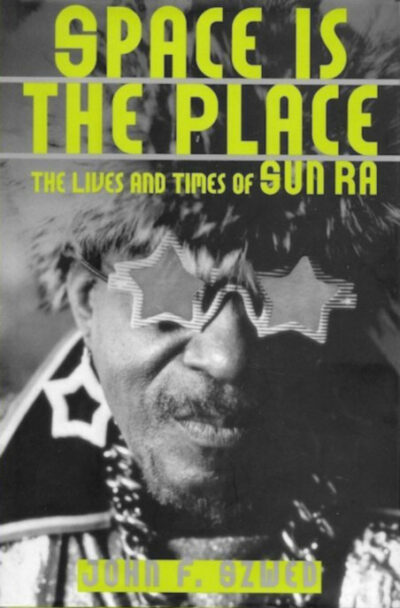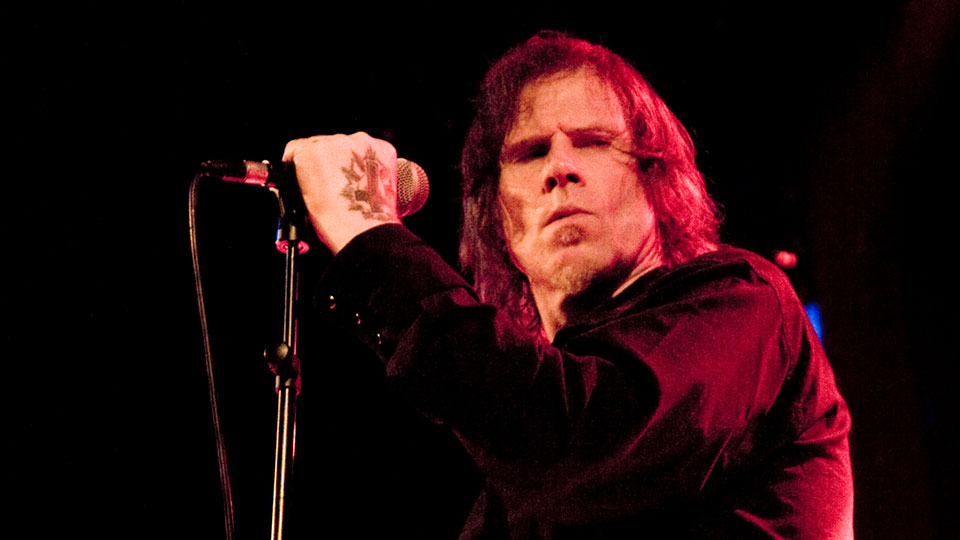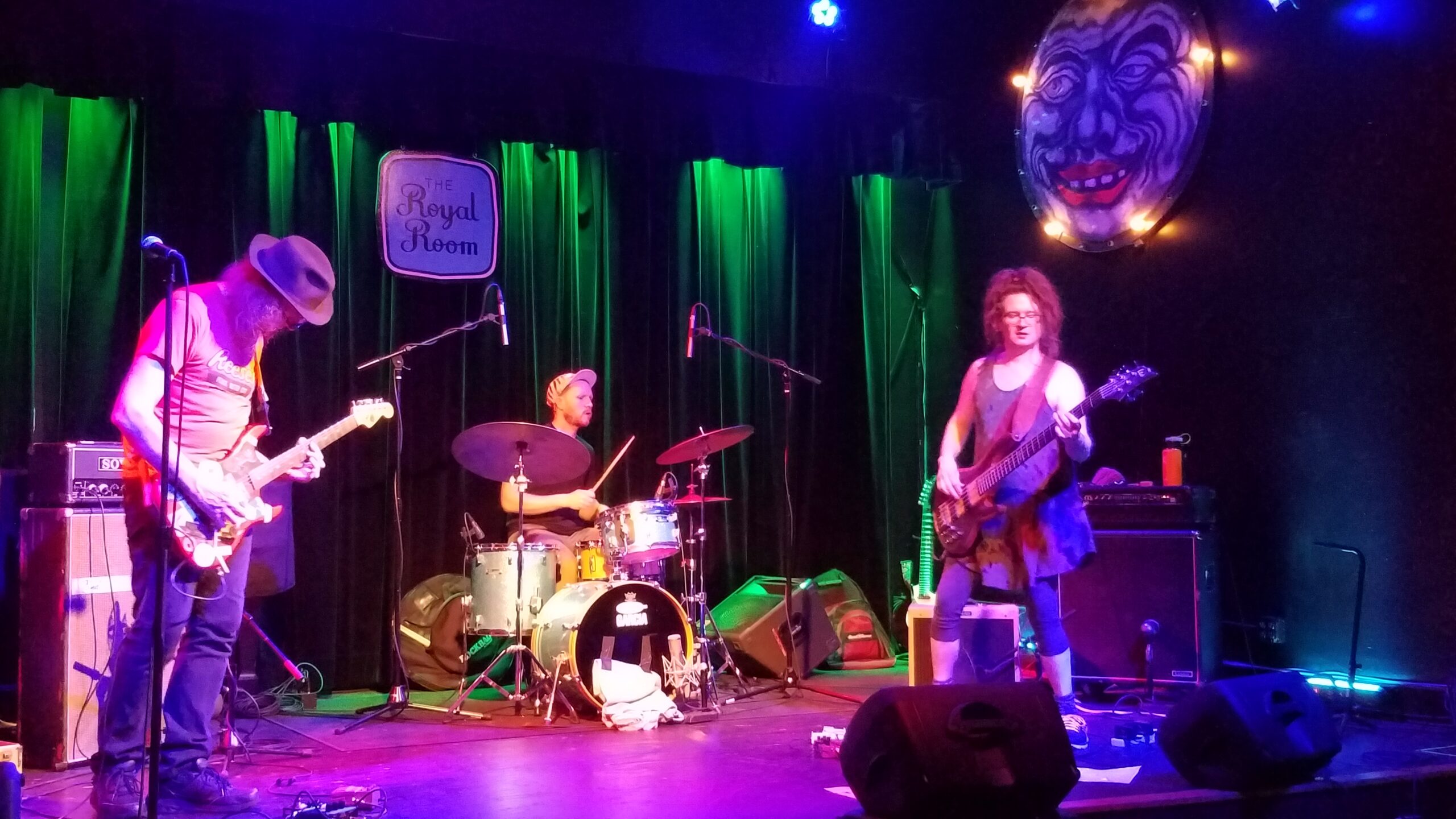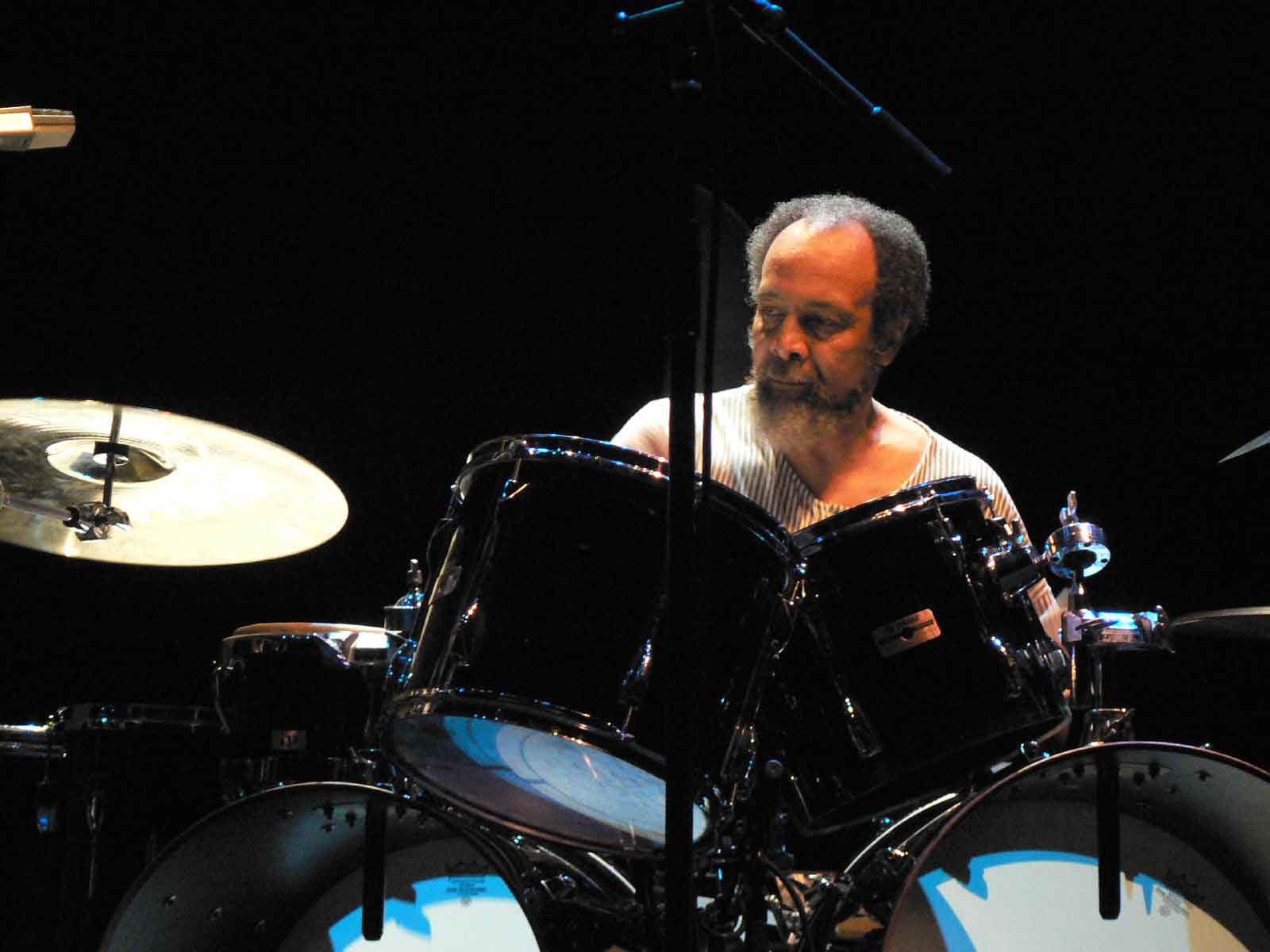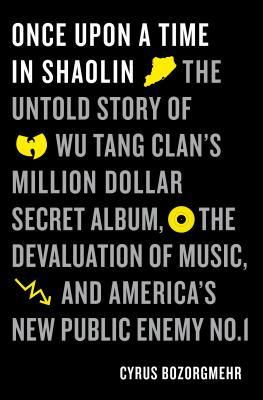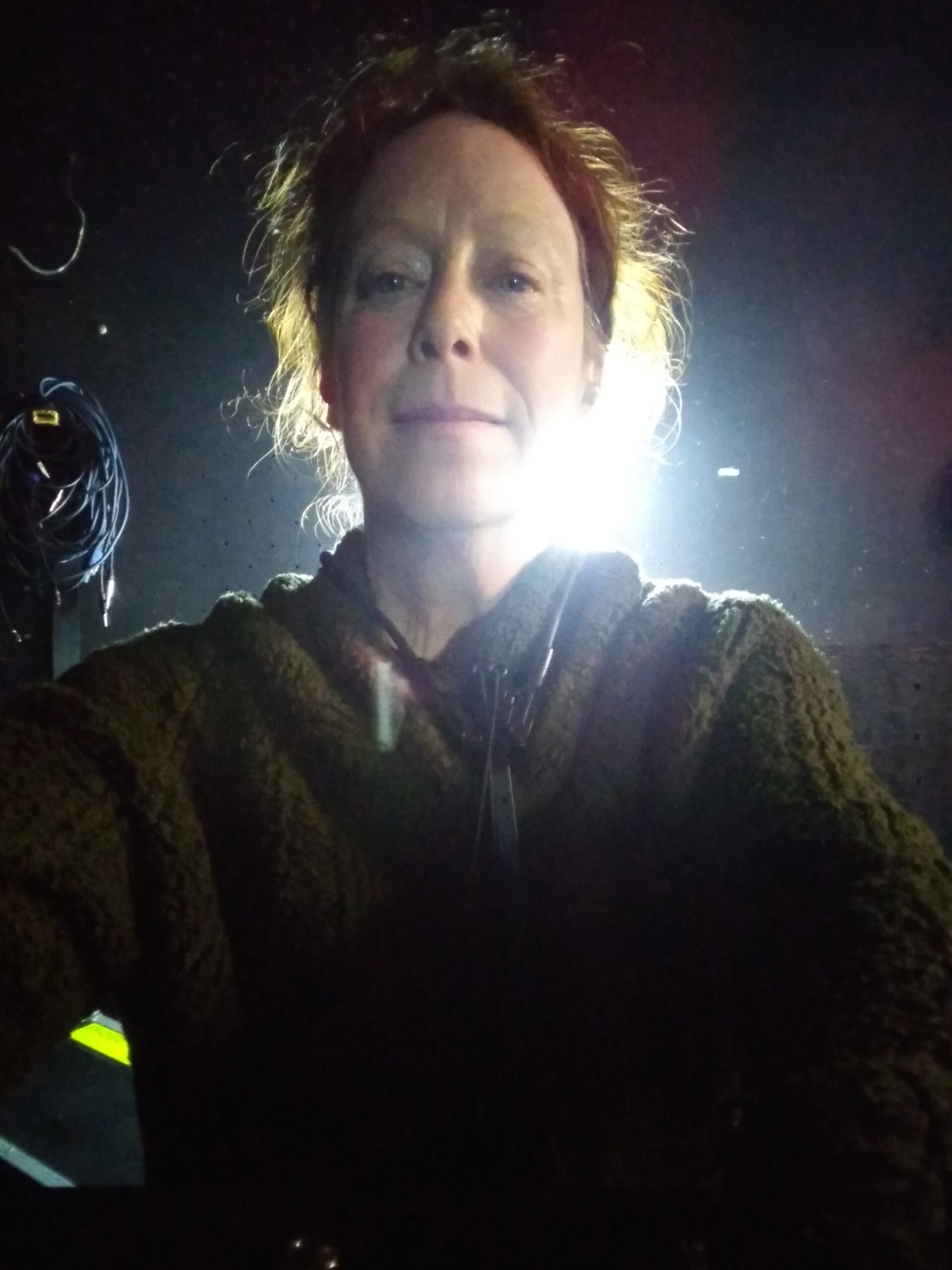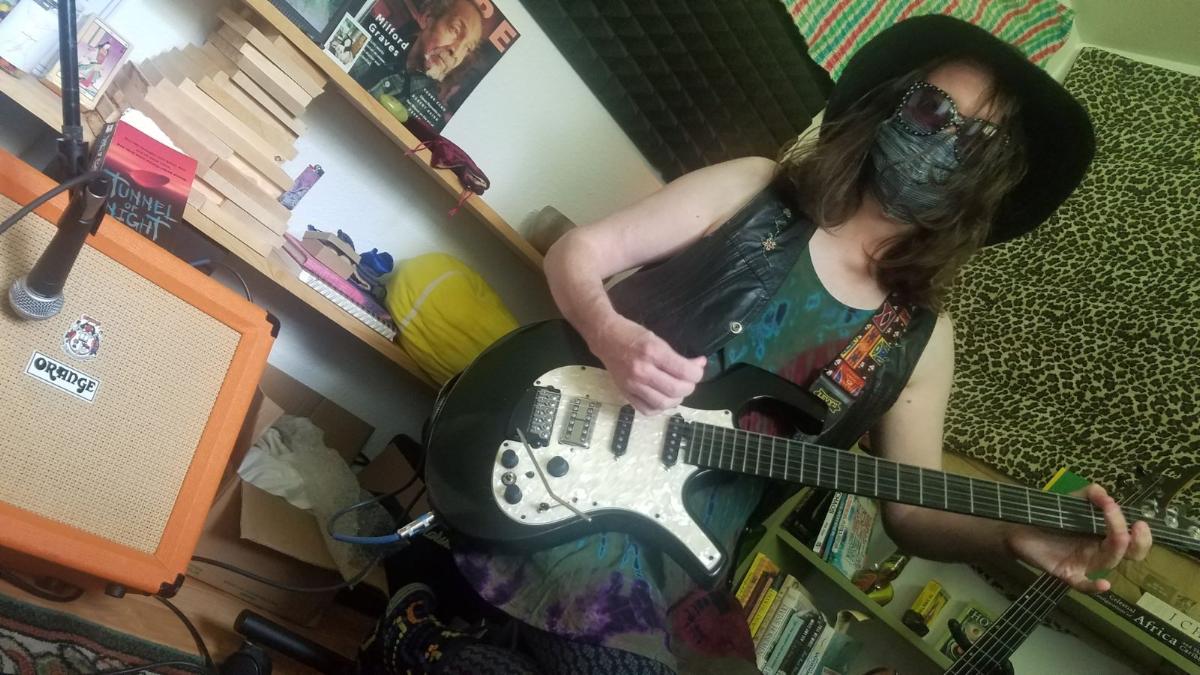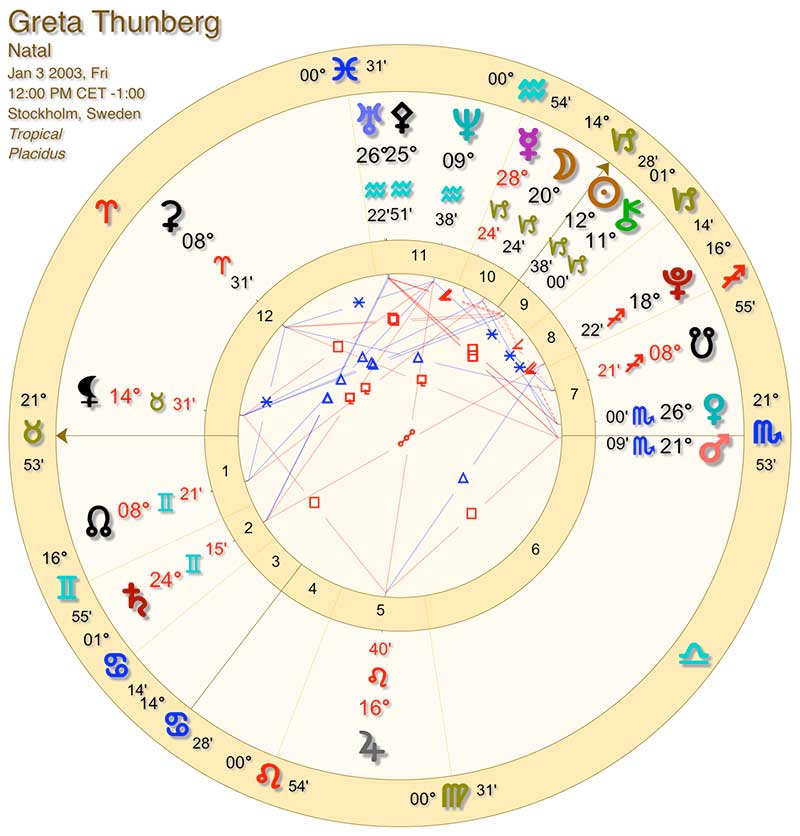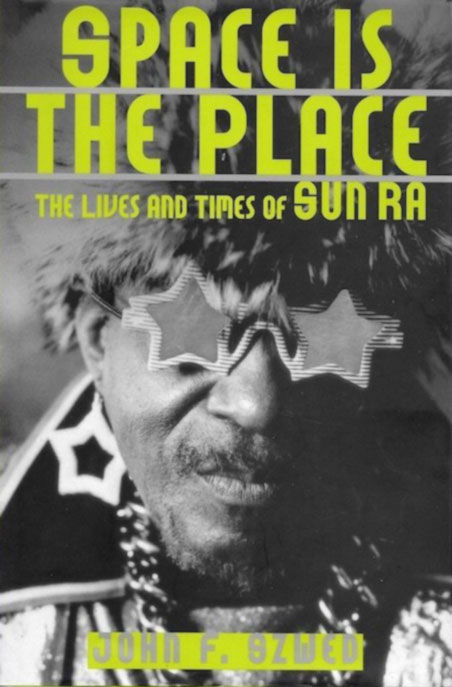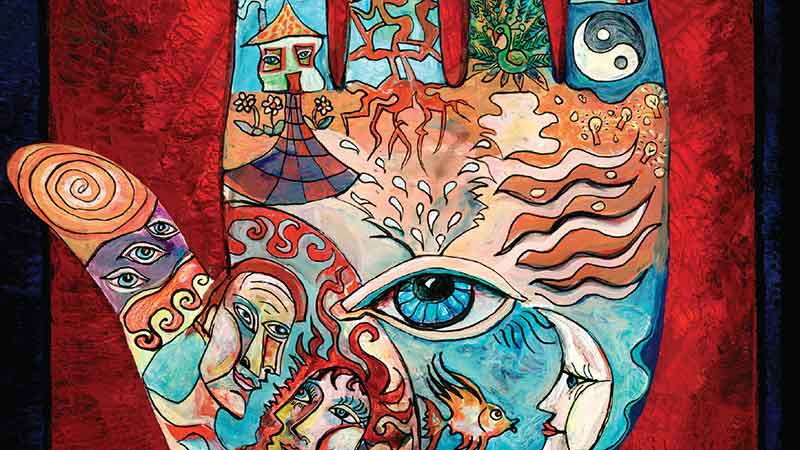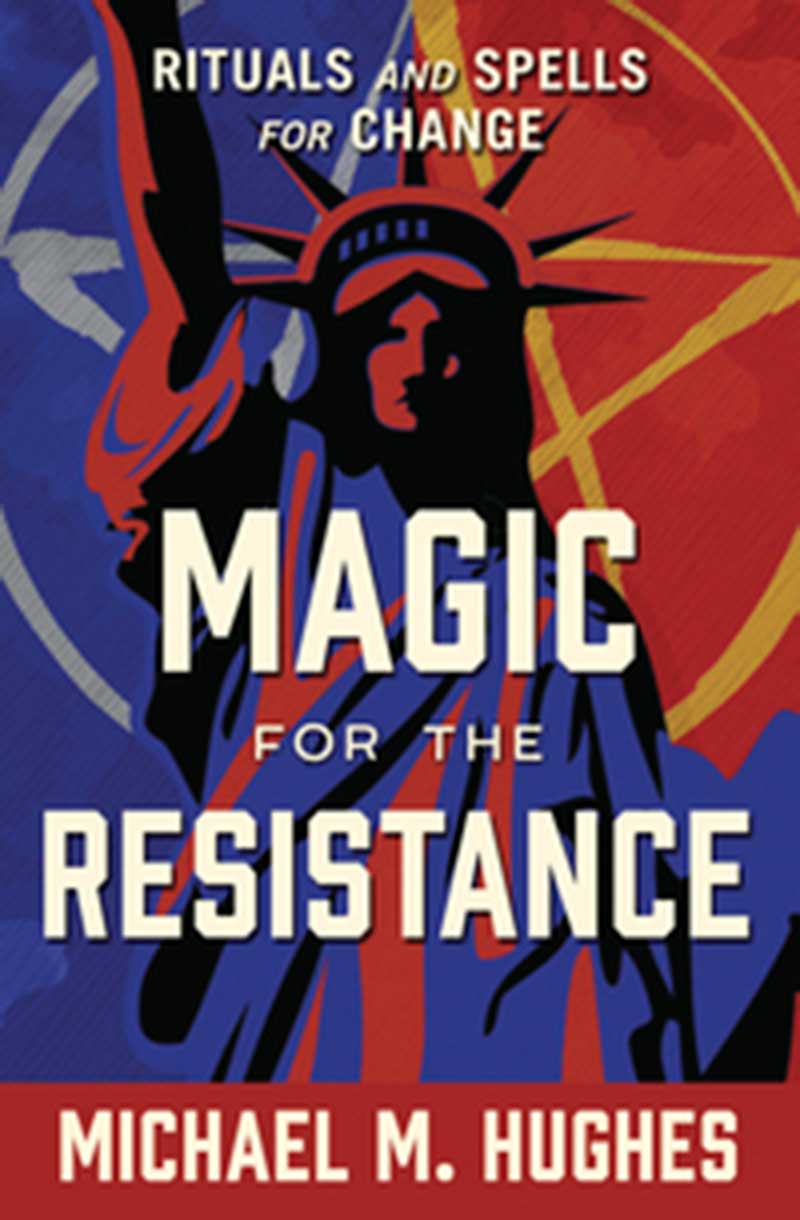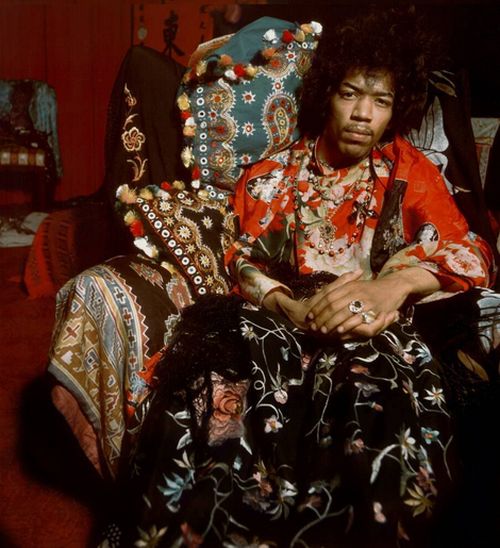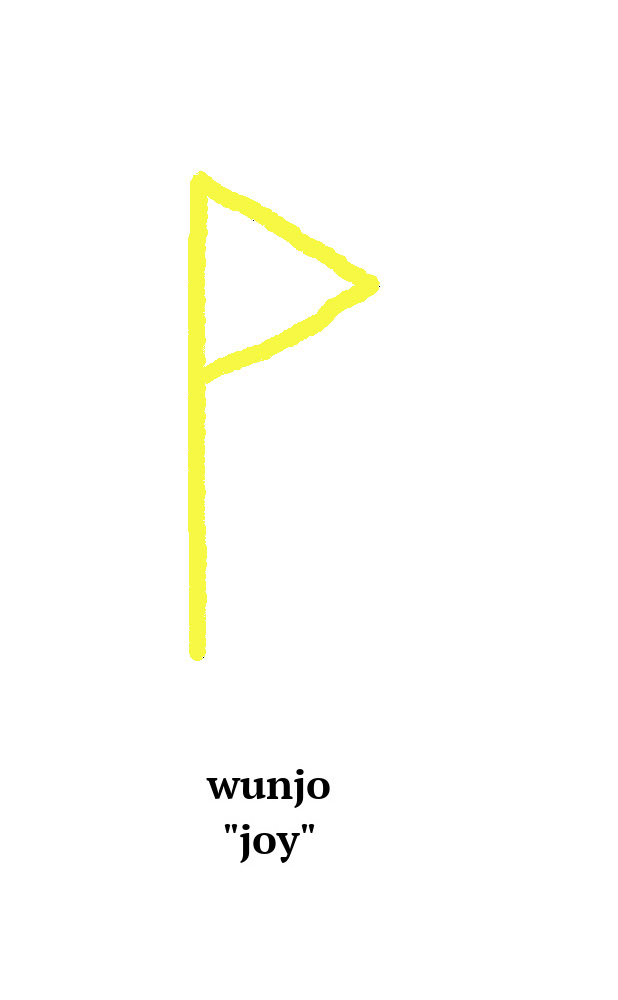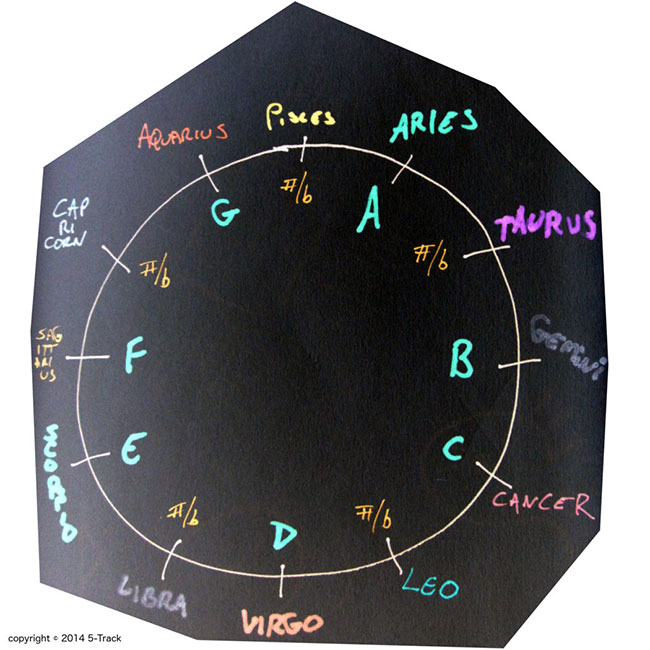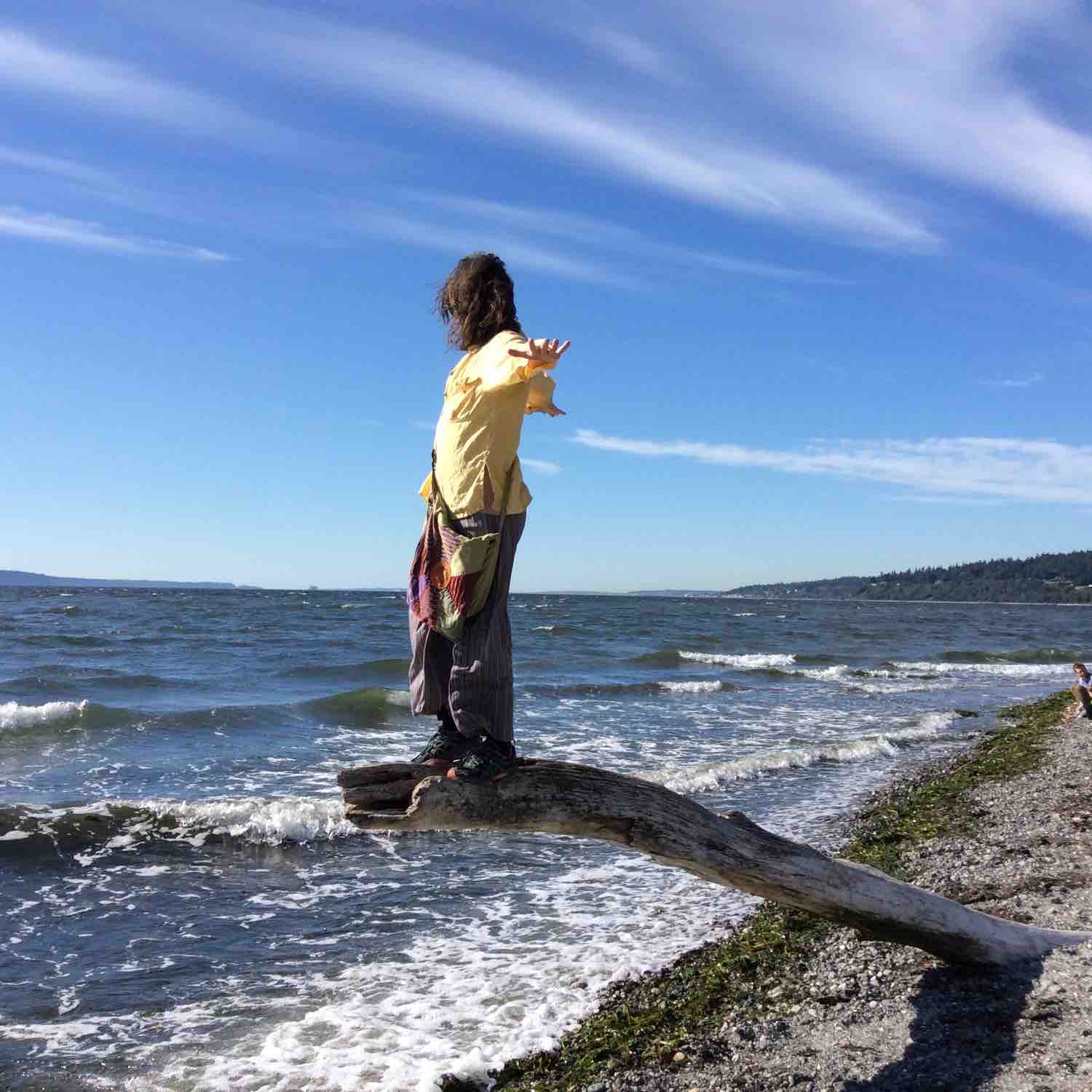~ Space Chord (Sun Ra) ~
Best practiced in a group. If this is not possible, imagine instead that there are several of you.
BONUS: Listen along
https://soundcloud.com/5-track/holistic-space-chord-exercize
a) Everyone places their hands on their instrument, at random but with the intention of eventually making a sound. (On a drum set or electric guitar this is very easy. On other instruments there will be certain ways of handling that will be unlikely to produce an audible result. You may wish to avoid these. If you are a singer, please consider ‘hands on instrument’ to be a metaphor.)
b) On someone’s cue, everyone plays, starting from their randomly chosen position. (Vocalists may wish simply to adopt a beginner’s mindset of spontaneity & wait to see what comes out of their mouth/s. Frogs? Bumblebees? Clover? A skeletonized moose?)
c) The resulting joyful noise is now available to all for interpretation or dissection. In the course of which, an improvised composition takes place. Rhythmic components, tonal & harmonic & melodic components, even purely sonic components such as a scraping pick, guitar feedback, or a squeaking kick drum pedal, may be extended or investigated by any player.
Music resulting from a space chord, as with the Tibetan dungchen or the Japanese shakuhachi, not to mention the singing of whales, may help to bring everyone within audible range firmly into the present moment. In addition, music resulting from a space chord can provide an understanding or interpretation of the moment of its playing, not unlike the reading of tea leaves or tarot cards. If a question is specified before the music starts, the resulting sounds can be seen as an answer to that question. Additionally a chosen mood or intention may be broadcast through the playing of a space chord & further through the recording & distribution of such a sound.
If one wishes, one can specify a key or tonality: life in the key of E, the future in A Dorian.
I almost certainly encountered this idea in John F. Szwed’s excellent biography of Sun Ra: Space Is The Place: The Lives & Times Of Sun Ra (1997).
For a sense of what a space chord can sound like, I would point you to the album — NOT the soundtrack — Space Is The Place (Impulse, 1973), especially the title track “Space Is The Place” & track 4, “Sea Of Sounds”.
~ The This is the greatest album ever made exercise (Royal Trux) ~
a) Select an album at random. Ideally not from your own collection. You could choose blindfolded from a 99-cent bin, or from the cassette rack at a truck stop if they still have those. You could bring a dowsing rod or pendulum to a record store & see where it leads you. Walk into Wall Of Sound on Capitol Hill or Sonic Boom in Ballard, oh Seattleite of love, & see what’s playing on the overheads. Choose a random venue & buy whoever’s album is playing there tonight. Or, just flip around bandcamp til you find cover art you like.
b) This is the greatest album ever made.
c) Proceed accordingly.
d) (To wit: Analyze the songwriting, subtleties & nuances of production, lyrical stances & linguistic choices, the sheer timeless peerless brilliance of the cover art. Any process that might be visible. Remember, this is the greatest album ever made. Every detail is worthy of your, or anyone’s, undivided attention: When was this music made, & where? Who was in the room at the time? What is the historical precedence? Did the performer/s also write the songs (if any)? Was a producer or engineer involved who was not also a performer? What gender/s (if any) are or were the various humans involved in the making of this piece of art? How did that affect their musical results, if apparently at all? Did anyone get paid? Much? Was there a ‘hit’? Was there supposed to be? Does every musician on the album play on every track? The same instrument each time? Have you heard of all the instruments? In what format was this music designed or intended to be listened to, & how if at all does that seem to have affected the production? or your listening experience? (Track sequencing is one good place to look for this particular influence. 90s rock for example often has all the singles at the beginning of the CD, & the longer/stranger/blander tunes at the end. 70s rock tends to start each side of a vinyl LP with a rocker & finish each side with a ballad. There are physical reasons for this. On the other hand, I grew up listening to rock&roll on cassette, so even music designed for vinyl often sounds ‘wrong’ to me in that format.)
e) Now incorporate the influence of this work of genius into your own art in some way. Not in obvious ways — not making an ‘answer record’ — but on deeper levels. Let it inform the structure of your next lyric, what’s hanging on the wall while you rehearse, the contours of your preparatory improv sessions, the sensibility of your next photo shoot (see Ian Svenonius’ Supernatural Strategies For Making A Rock ‘n’ Roll Band for more on this).
Practice looking at the greatest album ever made from various distances: cosmic or molecular or ideological or societal or community-based or market-based. In terms of financial motivation if any, or also, where are we going to get a skull by Sunday afternoon? & how does the creation of this album serve the drives of natural selection? As well as the more commonly considered angles of emotional content & evident musical influence/s (which is distinct from historical precedent tho not unrelated).
Then consider your own art in similar ways.
This is an exercise in mind-expansion ala Robert Anton Wilson, & also in granting-the-artist-their-metaphor ala Julian Cope. As with chaos magick, you have to truly believe in the value of the album in question for the practice to be effective. (“Belief: it’s a technology!”) Whether you set that belief aside after the process is complete, is up to you.
Finding good new music to listen to & be inspired by is not actually the point, tho it may happen incidentally. I have always dug deep into any artist who interests me. What’s new here is the idea of digging deep with all appropriate reverence into an artist who may not interest you.
The selection process in step a) can be approached as a form of divination, akin to bibliomancy crossed with tarot, or as a form of dowsing, wherein the nature of the newly anointed greatest album ever made tells you something about this phase of your life, or addresses a question or intention you may have in mind as you search for the greatest album ever made, or perhaps the music points the way to your path into the future. Additionally, the motivations behind the creation of any given greatest album ever made may supply you with a new set of reasons to make music.
It is worth noting that mass culture dictates a fairly limited range of musical options, so unless you do your searching somewhere that is at least slightly off the beaten path, you will likely end up with mainstream garbage, or something so influenced by same as to be indistinguishable. & that is fine, if it’s what you want. This exercise is applicable to anything from Kenny Chesney to The Peace. But keep in mind what energies or ideologies you are honoring with your attention.
You could probably use a single track, rather than an album, for a simplified version of this practice. I prefer to use entire bodies of work when it’s both possible & practical, I mean the internet tells all but who has the time.
I stumbled on this idea in an interview with Royal Trux guitarist Neil Michael Hagerty: https://bombmagazine.org/articles/neil-michael-hagerty/
Hagerty has done something similar in more recent times wherein his group The Howling Hex proceeds in the manner of theoretical norteño purists, ie, as though norteño was the greatest music ever made. (& who’s to say it isn’t).
Dig some Howling Hex right here: https://www.youtube.com/watch?v=tpBCZHeoZzU
or if you’re feeling couch-locked: https://www.youtube.com/watch?v=QFPrnTDTowE
I would love to point you also to some authentic norteño but in truth I am not your best resource for that. & neither is wikipedia, but here it is anyway: https://en.wikipedia.org/wiki/Norte%C3%B1o_(music)
~ The Slow Dwell (Y Road) ~
Again, this is best practiced in a group, tho visualization of multiple selves (or for drummers, assignment of a Self to each limb) is a fine option in a pinch.
a) Select a riff. Simple may be better at first.
b) Play it. Over & over. Slowly is good.
c) Get bored. Keep playing anyway. Avoid deliberate variation. When variation happens spontaneously, or accidentally, that’s fine — there is no need to scold your Self or anyone else.
Nuanced evolution may take place: subtleties of emphasis or swing, incremental changes in tone or rhythm or harmonic structure. A digging further in to a repeating pattern, rather than a nervous searching for the next direction of movement. This mode of play does not fetishize novelty for its own sake, but prefers instead to hang in the air like some ponderous mobile for Baby Hulk. Less Hulk-like if you’re working with flutes & lutes & maybe egg-shakers.
Ideally this digging in happens slowly, & mutations are tiny enough, that the basic flavor of the music does not (seem to) change. Tho if you choose to record this exercise, in listening back you may find that your start & finish points are quite disparate.
At a certain point you may make a larger change in your riff, if it feels right. Add a note, remove a note. Change your sense of which beat is the “one”. (Axiom: The “one” is where you find it.) After minutes of repetition, minute amendments can create a seismic shift in mood or feel. While not specifically the goal of this exercise, this is something that is good to be aware of & also good to practice.
But remember, the main focus is not on variation but repetition, & sustained mood.
d) It is possible that, eventually, some kind of cosmic liftoff will be achieved.
e) Or, not.
The ‘slow dwell’ can be thought of as a kind of meditation. The benefits will become clear when they present themselves & not before. To approach this exercise with a purpose is to an extent to defeat the purpose. But speaking generally, this is a great way to learn to be unhurried. How not to rush one’s Self or the music.
The slow dwell is probably better suited to broadcasting an intention than to reading the moment. Well-suited to launching a sigil, or as the soundtrack for traveling in alternate dimensions. Mantras fit in to the slow dwell nicely, either repeated silently as one plays or perhaps used as the musical material itself (see The Ecstatic Music Of Alice Coltrane (released in 2017 but contains recordings from the 1980s & 1990s), or John Coltrane’s ‘Acknowledgement’ from A Love Supreme (1965)). Additionally this exercise lends itself well to work with one’s breath — only playing as you exhale, for example, or changing keys or chords in time with your breathing. These techniques may also work well with the space chord.
Friends of mine in the Pacific Northwest isolated & named this type of jamming back in 2002. We used to spend hours on it. More recently I learned that something similar is practiced by Bobby Weir when rehearsing his performing groups, to get the players in line with his preferred pacing.
An example of a ‘slow dwell’ may be found in Yoko Ono’s “Mindtrain” from her album Fly (1971): https://yokoono.bandcamp.com/track/mindtrain. The ‘slow dwell’ quality of the performance is perhaps least obvious in Yoko’s vocals, but consider that, while dynamic & highly varied, the basic overall shape of her performance does not change throughout the piece. ‘Slow’ can have as much to do with the rate of change as it can with any particular tempo or mood.
For another example, check out Miles Davis’ “He Loved Him Madly” from his double LP Get Up With It (1974) — https://www.youtube.com/watch?v=3Fc_-VZlkcM. Tempo doesn’t enter the scene for 10 minutes & 54 seconds. Not that you should skip to it, but just to give you an idea of the glaciality of the pacing. This piece is well worth a complete listen.
My improvising trio Beyond Captain Orca! dabbles in the slow dwell: https://beyondcaptainorca.bandcamp.com/album/2019-03-12-tims-night-two-electric-mud-w-sheridan-riley
But the masters of the form might well be Earth. Earth consists of Dylan Carlson, founder/guitarist & sole constant member of the group, & Adrienne Davies, who has drummed with Earth since 2001 & as such can be safely referred to as an essential part of their sound. Other excellent players, including Lori Goldston on cello, come & go from album to album & tour to tour. It would be hard for me to pick a favorite Earth record — I love them all — but this one’s pretty good for starters: https://earthsl.bandcamp.com/album/angels-of-darkness-demons-of-light-i
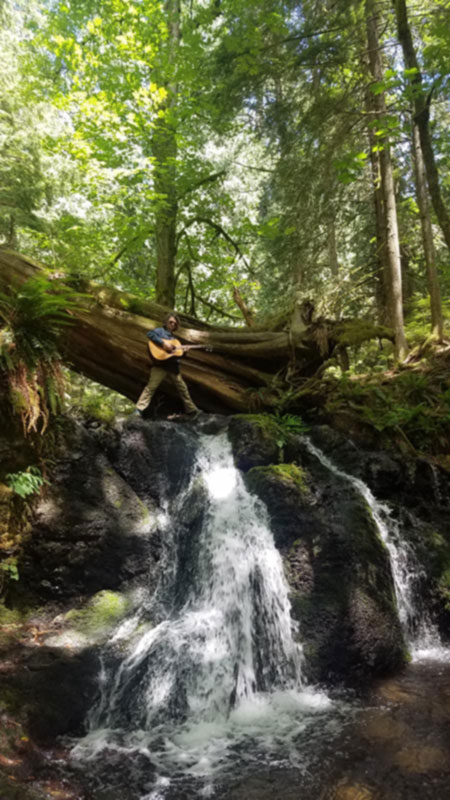
Photo by zlicious
About the Author
Imagine an unclaimed suitcase on Schrodinger’s luggage carousel, circling endlessly in the flickering fluorescent twilight of an airport that might exist in any of an infinite number of instances in any of an infinite number of dimensions in any of an infinite number of universes. If you could find said suitcase and look inside, you might perceive one possible interpretation of the being that is 5-Track. Or you might not. It all depends, doesn’t it?

photo by zlicious
About the Author
Imagine an unclaimed suitcase on Schrodinger’s luggage carousel, circling endlessly in the flickering fluorescent twilight of an airport that might exist in any of an infinite number of instances in any of an infinite number of dimensions in any of an infinite number of universes. If you could find said suitcase and look inside, you might perceive one possible interpretation of the being that is 5-Track. Or you might not. It all depends, doesn’t it?
